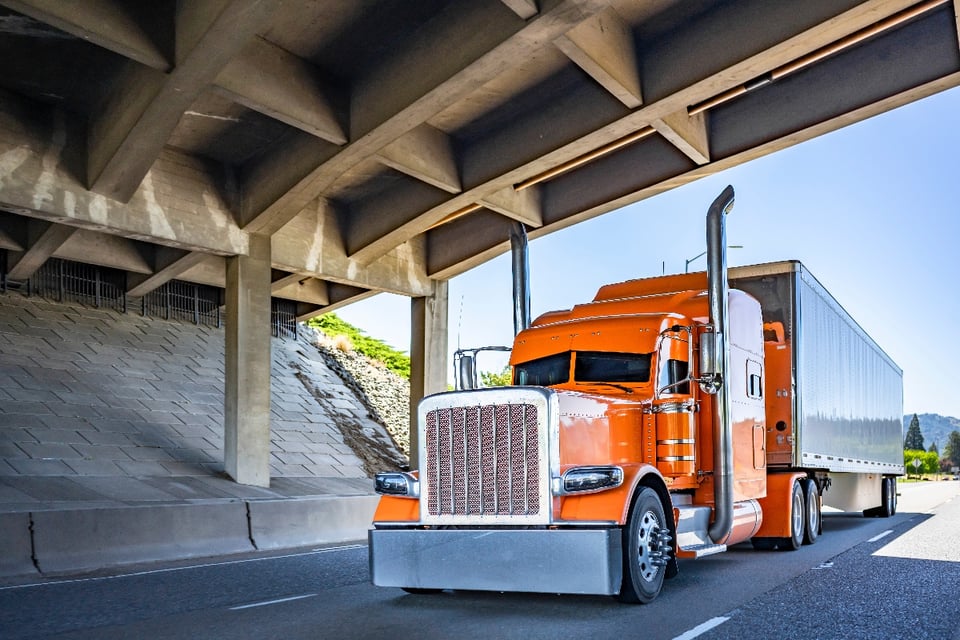For trucking companies, load and driver management brings complexities and challenges. The sheer volume of possible load options, combined with the number of available drivers, creates an environment with many moving pieces that require careful planning and execution. Traditionally, operations rely on using load boards and time-consuming manual processes that lack optimization. However, AI has brought a solution: automated load acceptance and driver assignments. Load planners can overcome the challenges of traditional methods and build resiliency through advanced planning capabilities. BCB Transport, out of Mansfield, Texas, experienced this first-hand when they increased their revenue per truck per week by nearly 20% after implementing this solution.
This article discusses how automating both load acceptance and driver assignments can revolutionize daily operations.
The Limitations of Current Load Boards and Manual Processes
Load boards offer a wide selection of loads for trucking companies to consider. While this may seem like an advantage, it actually brings an overwhelming number of choices, which can make load selection like drinking from a firehose, as users struggle to capture data and make informed decisions. The manual process of sifting through loads is time-consuming, leaves room for human error, and often results in less-than-optimal load choices and inefficiencies. Without an automated system to assist in load acceptance and assignment, trucking companies face a constant struggle to navigate the sea of information. This ultimately impedes their ability to operate efficiently and to effectively plan their operations with ample lead time.
Load planners must consider many factors when accepting loads and making driver assignments. Regarding load acceptance, planners must look at the type of freight and their ability to comply with load requirements, pickup and destination locations, delivery date and time, profitability, and load forecasting. If a load does not fit with the fleet’s ability to haul it or does not align with their targets for profitability, they should consider assigning it to the brokerage division.
If a load is accepted for the company’s assets, the next step is driver assignment. Driver assignment should take into account a driver’s availability, pay structure, skill level, route familiarity, and compliance with hours of service (HOS) rules, which are each necessary to ensure successful operations and driver satisfaction. The problem is that relying on manual processes for this many factors, from load acceptance to driver assignment, can result in a pattern of poor driver-load matches and a decrease in profits. What load planners need is a single system for tracking and managing all the crucial variables so they can make optimized decisions quickly.
However, the current landscape of load management is marked by a disconnect between finding load matches on load boards and the separate systems used for managing drivers. Unfortunately, this disconnect directly translates to operational inefficiencies.
For example, a load planner might identify a shipment on a load board that would make a good fit but fails to realize that the ideal driver for that shipment is already assigned to another load due to the lack of integration between systems. This oversight can mean a missed opportunity for revenue and the need for last-minute reassignments that are less-than-ideal and may cause disruptions for both drivers and customers. Unless companies have seamless integration between load management and driver management systems, they leave the door open to avoidable errors and missed opportunities that can negatively impact profits.
The Value of Technology in Automating Load Acceptance and Driver Assignments
Embracing load and driver management technology can transform trucking operations from manual, reactive, and tactical to proactive, more strategic, and more profitable. With a solution to enable both automated load acceptance and automated driver-to-load matching based on every important factor for the business, load planners can make informed decisions by getting real-time data and predictive analytics. This allows them to optimize load assignments and improve overall operational efficiency. Load planners can streamline their processes as the business gains a competitive edge. Companies can shift away from reactive processes by having greater capabilities for more strategic decisions.
Optimal Dynamics serves trucking companies with this type of technology powered by AI. With the Plan product, businesses can optimize freight networks using AI-provided answers to complex questions and unknown variables. With Execute by Optimal Dynamics, users can automate real-time load and dispatch decisions to reduce inefficiencies and quickly adapt when faced with new uncertainties.
Optimal Dynamics’ Execute Product
Execute offers powerful capabilities that allow load planners and driver managers to fine-tune their decisions to maximize profits, save time, and contribute to business growth. The AI engine takes in data on the factors affecting acceptance and assignment decisions, like load and driver information, plus additional customizable parameters. The AI engine then generates realistic and tailored suggestions for load acceptance and driver selections. With a scoring system for available loads, businesses can identify those that are most valuable for their fleet. This strategic approach enables them to optimize their asset and brokerage assignment to maximize asset utilization and profitability while load planners save time.
Case Study: BCB Transport's Transformation
BCB Transport partnered with Optimal Dynamics after realizing the impacts of sub-optimal load acceptance and dispatching decisions on their business in a competitive market. Through Execute, BCB experienced a 19.6% jump in revenue per truck per week and achieved operational efficiency gains during a period of depressed market volumes and rates. Artificial decision intelligence equipped BCB to navigate operational uncertainties and transform their operations by giving them the analytics for maximizing profitability.
Boost Efficiency with Automated Driver Assignment
Trucking companies can not only increase their efficiency but also build resilience in their operations by embracing automated driver assignment solutions. Optimal Dynamics offers cutting-edge AI technology that revolutionizes planning and executing decisions, allowing companies to ensure optimal matches between drivers and loads and get answers to their pressing planning questions. The power of artificial decision intelligence means increased operational efficiency and the ability to stay ahead of the competition in any market.
Discover how Optimal Dynamics' AI solutions can transform your trucking operations and unlock new levels of insight and efficiency. Contact us for a demo today.



